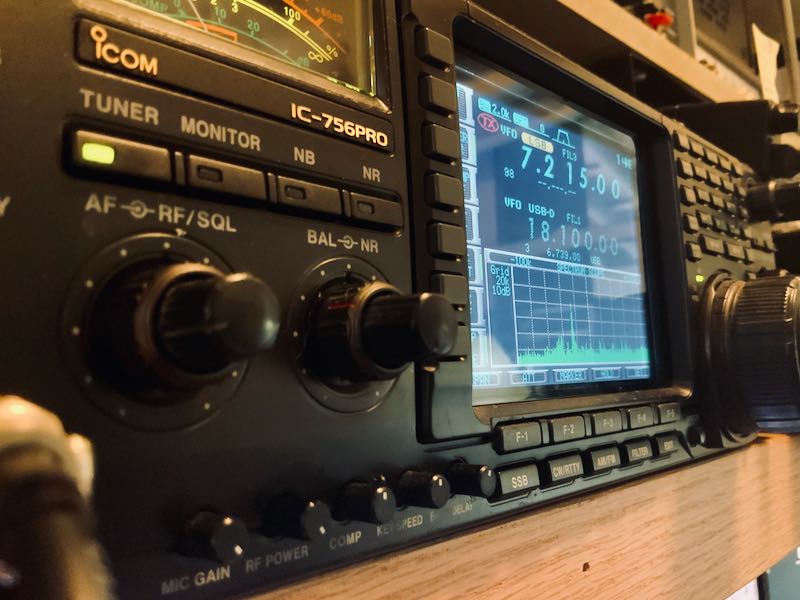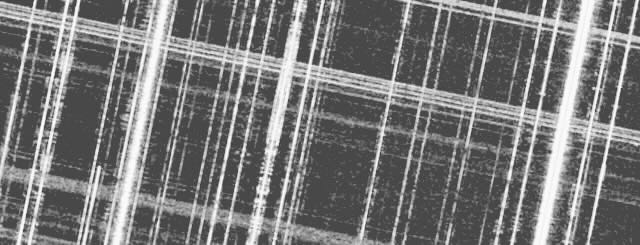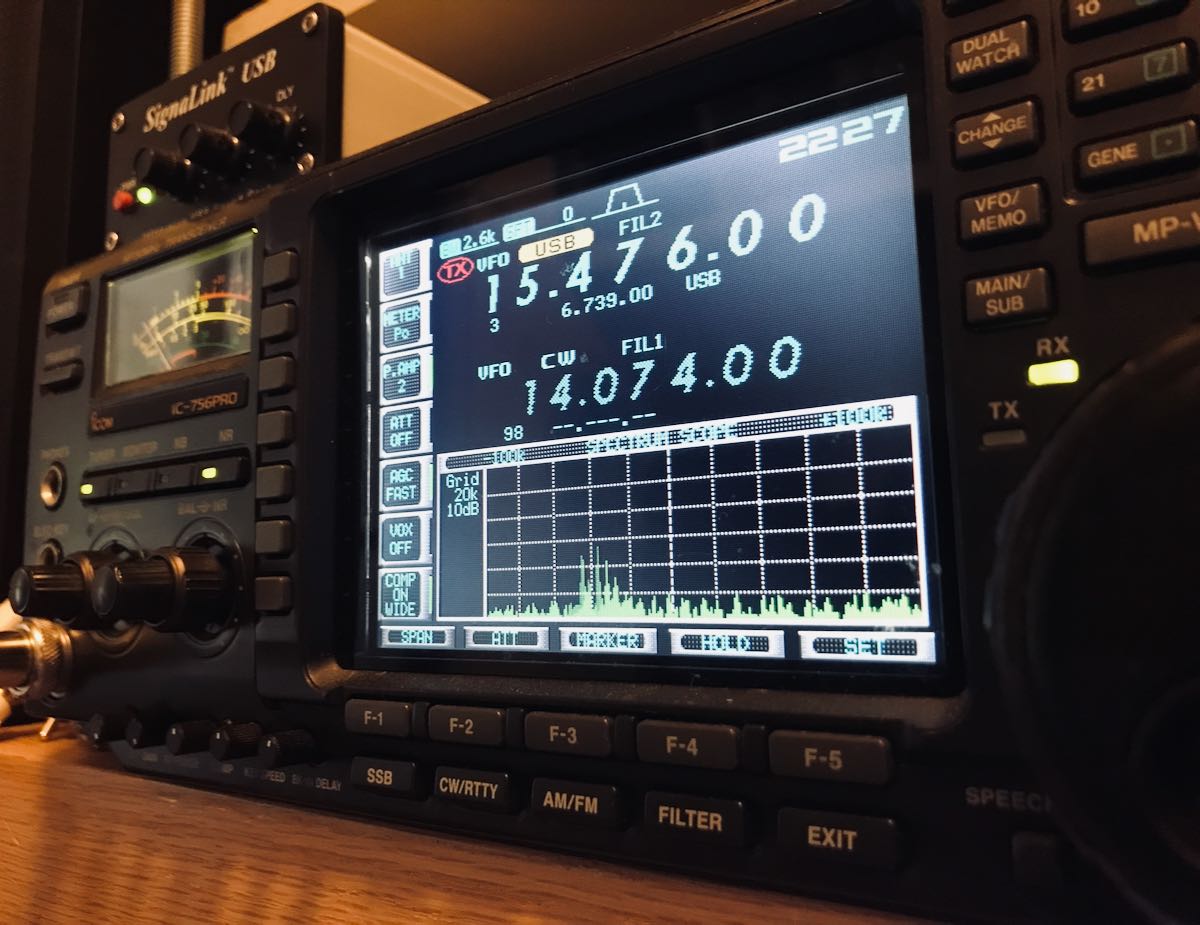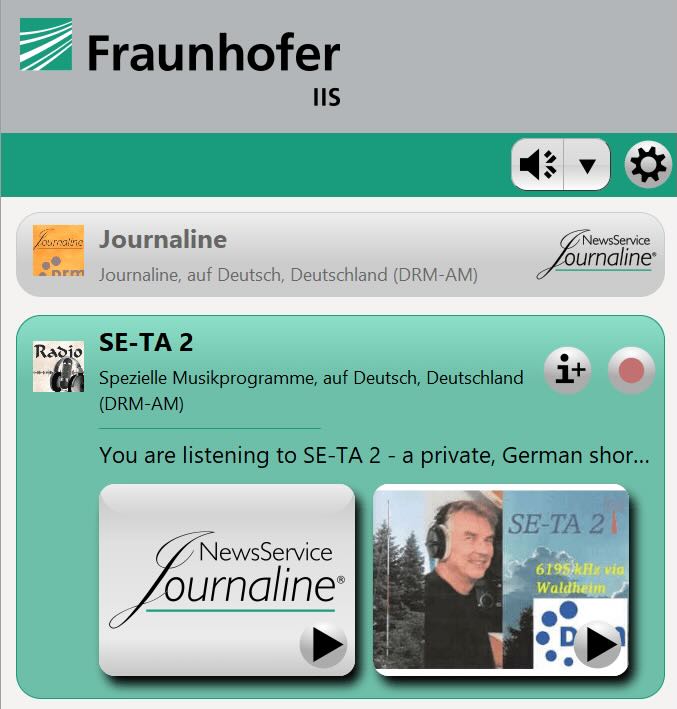
Radio Waves: Stories Making Waves in the World of Radio
Welcome to the SWLing Post’s Radio Waves, a collection of links to interesting stories making waves in the world of radio. Enjoy!
Many thanks to SWLing Post contributors Dennis Dura, and Alan for the following tips:
To the extent that you have an opinion on something like high-frequency (HF) radio, you probably associate it with amateur radio operators, hunched over their gear late at night as they try to make contact with a random stranger across the globe to talk about the fact that they’re both doing the same thing at the same time. In a world where you can reach out to almost anyone else in an instant using flashy apps on the Internet, HF radio’s reputation as somewhat old and fuddy is well-earned.
Like the general population, modern militaries have largely switched to digital networks and satellite links, using them to coordinate and command their strategic forces on a global level. But while military nets are designed to be resilient to attack, there’s only so much damage they can absorb before becoming degraded to the point of uselessness. A backup plan makes good military sense, and the properties of radio waves between 3 MHz and 30 MHz, especially the ability to bounce off the ionosphere, make HF radio a perfect fit. [Continue reading…]
Where have these things been all my life?
There is a new breed of RF receivers known as software-defined radios, and they are revolutionizing the way in which people listen to shortwave (SW) radio, or indeed any form of radio broadcast.
SDRs combine plug-in radio receiver dongles/boxes with personal computers, with the computer serving as the user interface. What makes this interface so useful is that the listener’s screen displays a wide swath of the bandwidth being tuned to, with each station’s signal shown as a visual vertical line that moves and grows/shrinks with its signal strength.
In other words, the listener can literally see what is happening across the band in real time, rather than having to turn the dial or push the Up/Down scanning buttons on a conventional shortwave radio, checking one station at a time. [Continue reading…]
Long Awaited and Finally Released – RTL-SDR V4 Support!
Today the new Release 1.5.1 of STARWAVES DRM SoftRadio App has been released. The following improvements can be expected:
– Added audio output device selector in settings (cog wheel icon) / audio tab,
starting with Android 12:
default, Earpiece, Speaker, Headphones, Bluetooth, HDMI, USB
– Added support for “RTL-SDR Blog V4” Receiver Dongle (all bands)
– Added support for “HackRF” Receiver Dongle (all bands)
– Improved robustness after signal loss or reconfiguration
– Improved sync status display in tuning dialog
– Unknown image formats no longer opened in external web browser window
– Updated decoder modules
Click here for more info.
Do you enjoy the SWLing Post?
Please consider supporting us via Patreon or our Coffee Fund!
Your support makes articles like this one possible. Thank you!

 Many thanks to SWLing Post contributor, David Iurescia, for bringing our attention to this recent roundup of developments in Digital Radio Mondiale (DRM) as the year comes to a close.
Many thanks to SWLing Post contributor, David Iurescia, for bringing our attention to this recent roundup of developments in Digital Radio Mondiale (DRM) as the year comes to a close.





